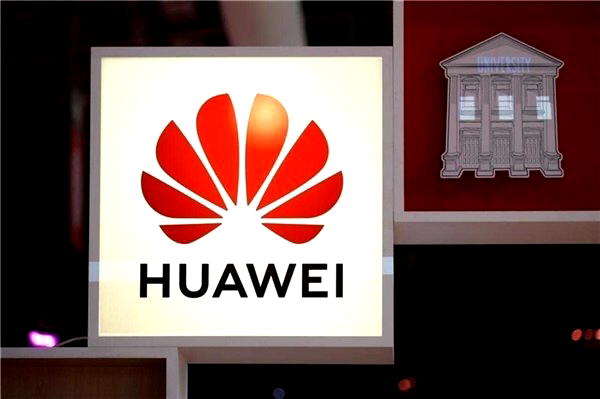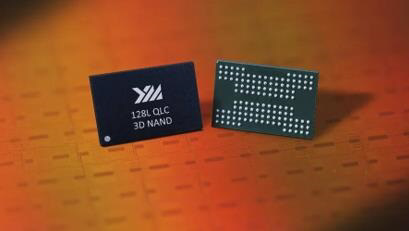I think China should ban WeChat from working with iPhone... but that would make China look like the aggressor. Just talk of banning WeChat has enraged a lot of Chinese people. My mom used iPhone from day one but I convinced her that the one in her hand will be her last. Still undecided if her next phone will be OnePlus or Huawei (in case Google Playstore bans WeChat). My girlfriend was waiting to get iPhone 12. No more. It's too late; even if the ban doesn't happen, Chinese people are pissed. For many, this is the first time that they would feel the threat of Trump's anti-China policies disrupting their apolitical lives.
Its a good wake up call, better it be this than rather the first time of a wake up call being a nuke over their city or US troops on their streets etc... Too many Chinese still have no idea that America means to totally destroy China completely.


